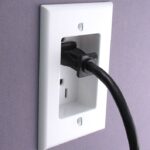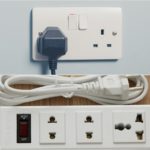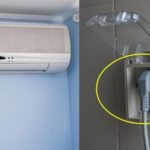All products are thoroughly researched to ensure convenience for consumers during use.
Have you ever noticed the flat power plug with two round holes in the metal prongs? What are these holes for?
Why does a flat power plug have two round holes?
The primary purpose of these holes is to provide a more secure and stable connection. Standard electrical outlets feature a raised portion that fits perfectly into the round holes, acting as a locking mechanism to keep the plug firmly in place and ensure a steady power supply.
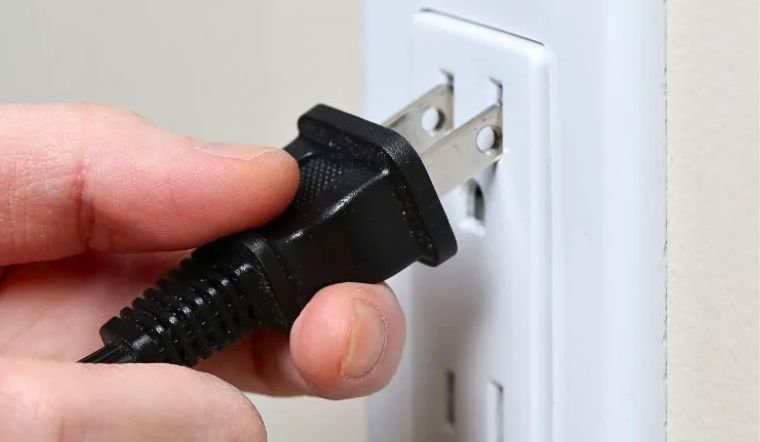
Why Do Flat Power Plugs Have Two Round Holes?
The holes also serve a safety purpose, helping to prevent children from accidentally touching the electrical outlet and reducing the risk of electrical hazards. Some older outlet designs without holes may become loose over time, exposing the electrical contacts, which can be dangerous, especially in households with young children.
In the past, power plugs had indentations on the prongs, which created friction and sometimes sparked when inserted into the outlet. The switch to perforated prongs reduces this friction, minimizing the risk of electrical arcing and providing a safer experience for users.
Additionally, manufacturers now utilize these holes to attach seals or labels, enabling consumers to distinguish between genuine and counterfeit products.
The presence of these two holes also results in significant steel savings for manufacturers, especially when producing plugs in large quantities.
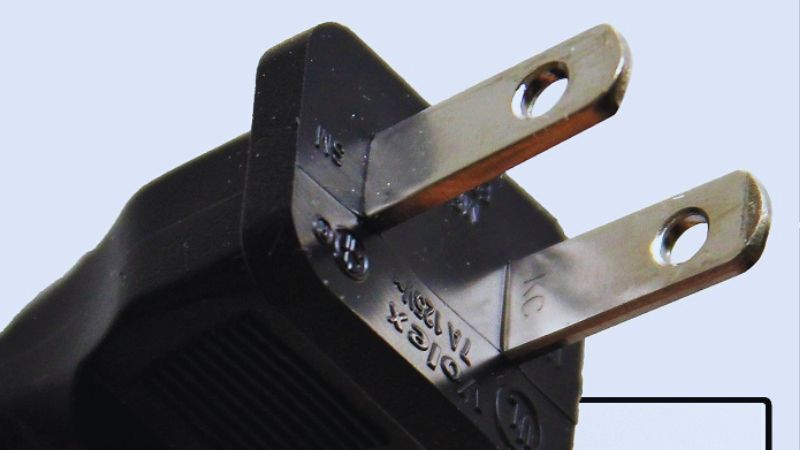
Manufacturers also use these holes to attach seals or labels, helping consumers identify genuine products.
The invention of these holes is credited to Harvey Hubbell Jr., who initially added small indentations inside the prongs of the power plug to make contact with the corresponding ridges inside the outlet. Over time, these indentations evolved into holes, maintaining the same basic principle.
Currently, there are mainly two types of flat power plugs with perforated prongs: Type-A, featuring two flat prongs, and Type-B, which has one flat prong and one round prong for grounding. These types are commonly used in countries such as the United States, Canada, Japan, and a few others. This standard is also known as the NEMA standard.
In contrast, round-prong power plugs are more prevalent in European and some Asian countries. The round design of the prongs and corresponding outlets provides sufficient grip, eliminating the need for perforated prongs in these regions.
The Ultimate Guide to Electrical Outlet and Plug Safety for Longevity
Electrical accidents are often devastating, and many occur due to a lack of knowledge about safe electrical outlet and plug usage. We aim to empower you with life-saving information by sharing essential tips on how to use electrical outlets and plugs safely and sustainably. Get ready to transform your understanding of electrical safety!
The Ultimate Guide to Choosing the Right Power Outlet for Your Needs
Is choosing the right electrical outlet a challenging task? Not if you know the tricks of the trade! We reveal the top tips for selecting the best electrical outlets to suit your needs. With our expert guidance, you’ll be empowered to make an informed choice and avoid common pitfalls. Get ready to upgrade your electrical game!

























